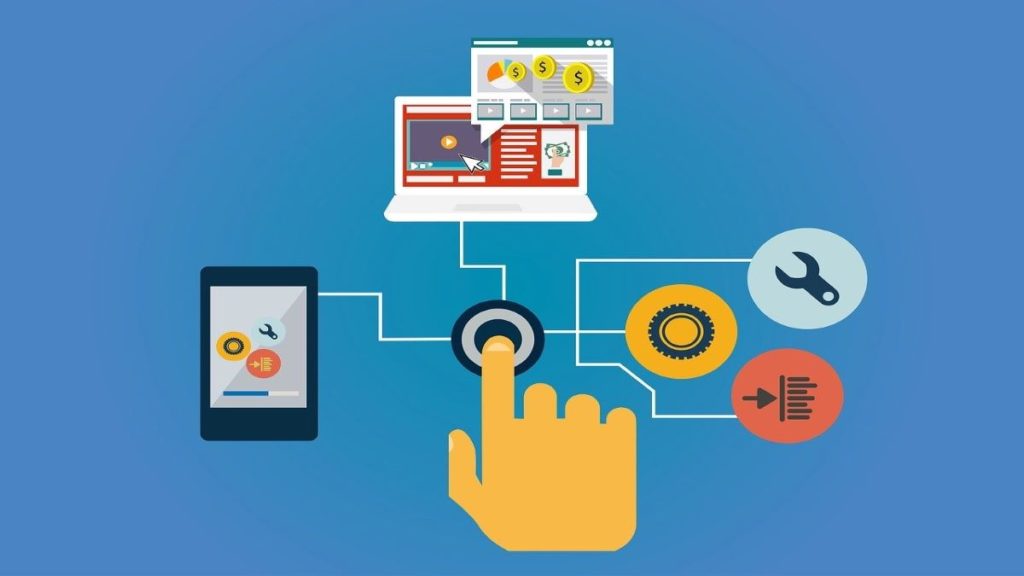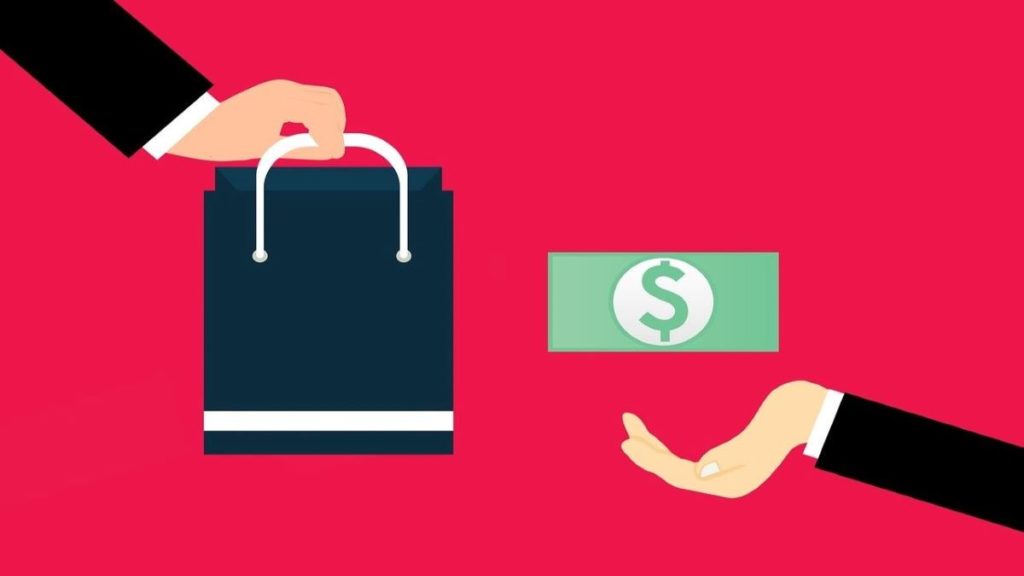Featured image by mohamed Hassan from Pixabay
When it comes to starting an online business, a dropshipping business is one of the most lucrative and high potential opportunities for newbie entrepreneurs. This is especially true for those with limited cash flow or experience.
Essentially a retail fulfillment technique, dropshipping has become something of a phenomenon over the last few years. In fact, it has become increasingly popular among eBay sellers due to its minimal risk and simplicity as a business model.
RELATED ARTICLE: IS DROPSHIPPING JEWELRY A PROFITABLE BUSINESS?
Starting a Dropshipping Business Is Simple
In fact, launching a dropshipping business literally only requires an Internet connection, some basic PC knowledge, and less than $100 in start-up cash. You won’t need to invest tens of thousands of dollars on inventory, storage space, or staff. This is because the entire order fulfillment process is done for you. You simply generate the sales while your supplier fulfills the orders and manages customer returns.
However, regardless of how simple the business model is, achieving success with dropshipping is no easy feat. This is particularly true as the competition continues to grow. Luckily, in this step-by-step guide, we’ll point you in the right direction by outlining a simple A-Z blueprint to starting a dropshipping business the easy way.
Step 1: Choose a Selling Platform

Image by Mudassar Iqbal from Pixabay
Before you launch a dropshipping business, you need to decide where you’re going to sell the products. From third-party platforms like eBay to building your own ecommerce store using WooCommerce or BigCommerce, there are several options to choose from. It’s important to select one particular sales channel initially, or at least until you’ve gained enough experience to branch out and start selling on multiple channels.
If you’re completely new to the retail world, it’s recommended to start by selling on eBay or Amazon. Doing so will allow you to generate some quick sales and gain experience with dropshipping. Additionally, you’ll be learning about running an ecommerce business. Conversely, building your own store takes more time and effort. Ultimately however, the selling platform you start with is entirely down to your own personal preferences, future goals, and choice.
RELATED ARTICLE: TOP TIPS FOR STARTING AN ECOMMERCE BUSINESS
Step 2: Find a Dropshipping Supplier
Partnering with a reliable supplier is the key to long-term success with dropshipping. Whether you want to sell kids’ clothing or electronics, there are thousands of dropshipping suppliers to choose from. Finding one that suits your requirements and ticks all the right boxes can often be a time-consuming task. Nonetheless, here are a few tips to help you on your way:
- Try a free-to-use wholesale, trade, or dropshipping directory
- Browse B2B marketplaces such as Alibaba or DHgate
- Contact a wholesaler’s directory to ask if they allow dropshipping
- Search on Google using relevant and targeted keywords
- Consider attending local trade fairs in or around your area
- Study dropshipping forums, blogs, websites, and communities
Step 3: Pick Winning Products for Your Dropshipping Business

Image by mohamed Hassan from Pixabay
Once you’ve found a reliable supplier to source products from, the next step is to choose which products to start selling. In most cases, your supplier will have an extensive range of items to choose from. While it’s tempting to list many random products, focus your efforts instead on finding popular products which attract maximum interest and generate consistent sales.
Spending some extra time researching products for your dropshipping business is the difference between making a few sales and a ton of sales. Quality over quantity is always the key to success in any ecommerce business. Your goal should be to create a range of best-selling items which continue to generate sales and high profits for you every single month. Put it this way: Would you rather list an item that sells five times every day or an item that generates only a few sales each week?
RELATED ARTICLE: HOW TO START AN ECOMMERCE BUSINESS
It’s particularly important to choose the right products when selling on a platform like eBay, where selling limits and payment holds may apply. You’ll want to make the most out of the limited number of items you can list in order to maximize your overall sales and profits. A few tips to consider when researching products include:
- Browse eBay to determine how other similar items are performing by reviewing their past sales history and feedback ratings
- Check Amazon for indications of an item’s popularity, such as product reviews, best seller ranking, and customer questions
- Use Google trends or other free trend spotting tools to understand the previous growth pattern and future potential of certain niche products
- Try free keyword tools to find out the average search volume of specific products
- Consider investing in paid product research or keyword suggestion tools
Step 4: Create Professional Listings
Now that you’ve found some winning products, it’s time to start creating listings on your chosen selling platform. Whether that’s eBay, Shopify, or Amazon, taking the time to create unique, professional, and attractive listings is essential. Don’t make the mistake of simply copying your supplier’s descriptions. If you do, you’ll struggle to stand out from the ocean of competition, particularly on marketplaces. Here are some top tips when it comes to listing products:
- Create an attractive, engaging, and keyword-targeted title
- Try a free title builder or keyword research tool
- Write unique, short, and attention-grabbing descriptions
- Use the best main image you have available to you
- Offer a generous returns and refund policy
- Highlight key selling points such as fast shipping
- Add as many item specifics as you can when selling on eBay
Step 5: Start Marketing and Advertising Your Dropshipping Business
By this stage, you should have a supplier to source products, a collection of winning products, and some existing listings on your chosen selling platform. The next step is to start advertising and marketing your products. Whether it’s through free or paid methods, advertising your products will make a huge difference, particularly if you’re selling through your own website.
- Try Google Ads or Facebook Ads to market your own website
- If selling on eBay, try using promoted listings or listing enhancements
- Set up and test pay-per-click campaigns if selling on Amazon
- Create your own Facebook page and advertise in groups
- Explore and test with other top free marketing techniques
Conclusion
A dropshipping business is particularly suited to newbie entrepreneurs who have limited experience, time, or money. Not only is it a highly lucrative and low-cost business idea, but it’s also a unique opportunity to get involved with ecommerce without risking thousands of dollars. By harnessing the model, you could literally start your own online store overnight.
RELATED ARTICLE: ESSENTIAL TACTICS FOR BUILDING AN ONLINE BUSINESS
While certainly not a get-rich-quick scheme or magic money-making system, dropshipping is a proven, real, and honest business. In fact, thousands of average people across the globe have built successful online businesses thanks to the power of dropshipping. Furthermore, many more will go on to achieve success with it over the coming years. The real question is, will you be one of those people? Well, hopefully this guide has set you off in the right direction.
For more inspiration about starting your own online business, be sure to bookmark our site and visit us often.
